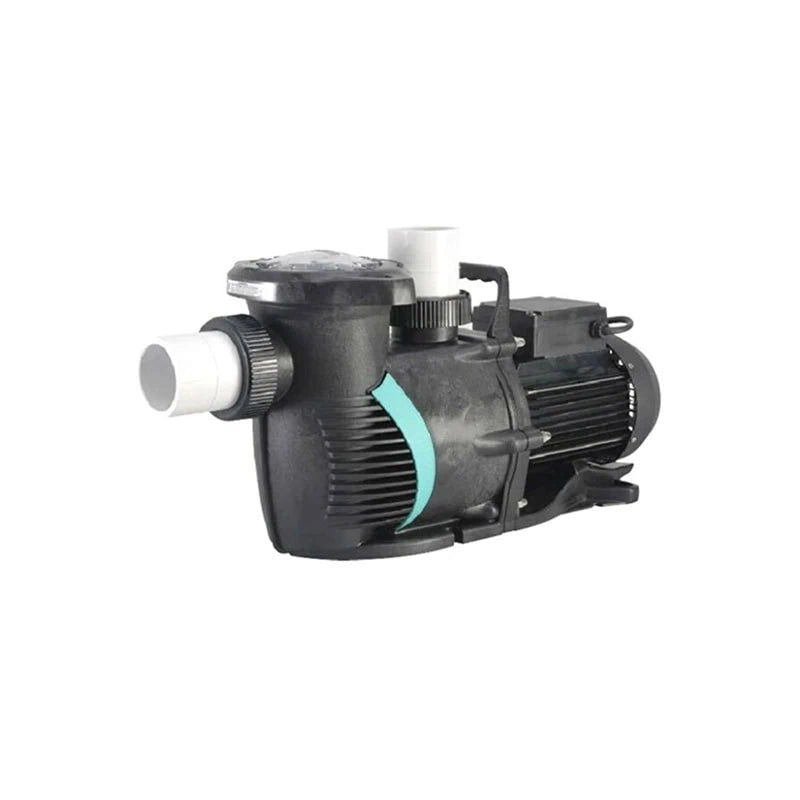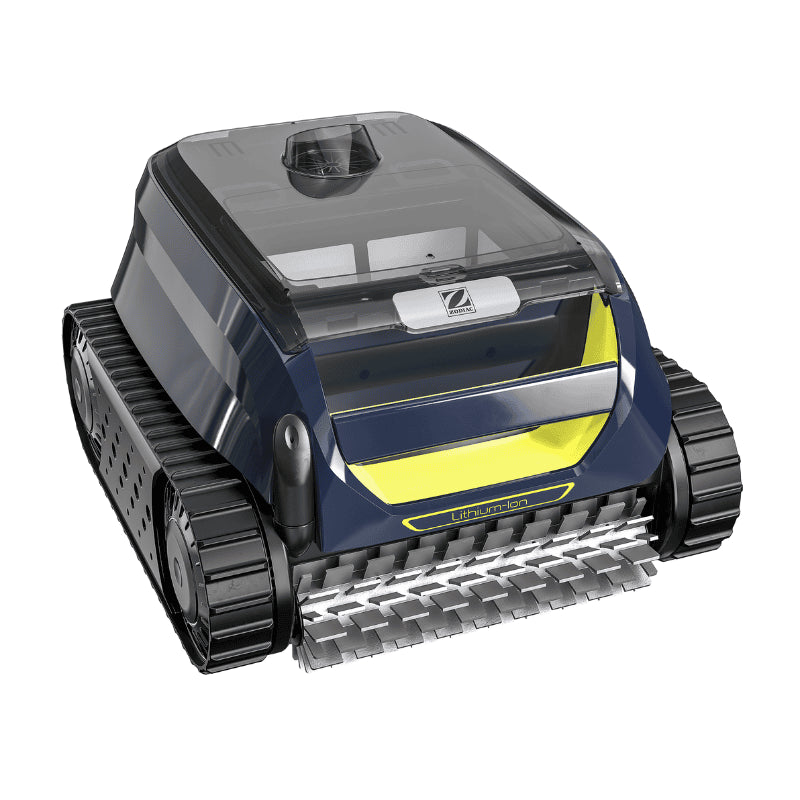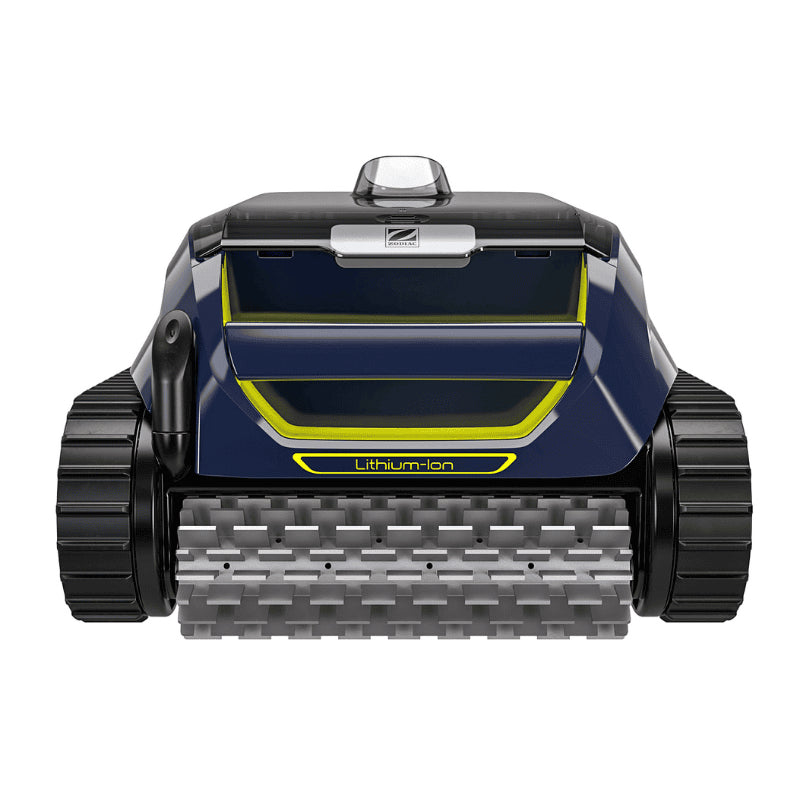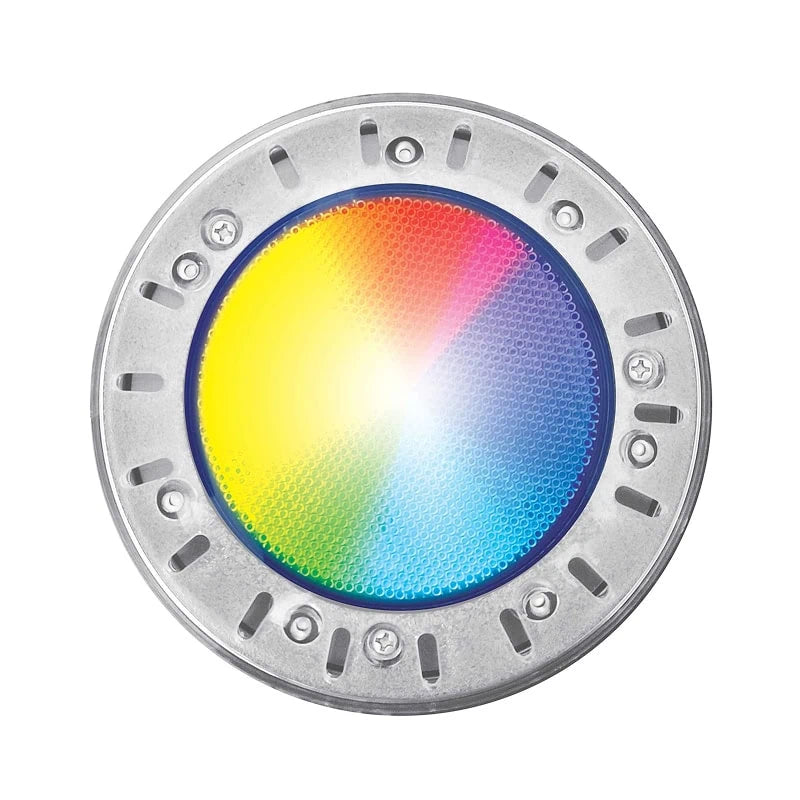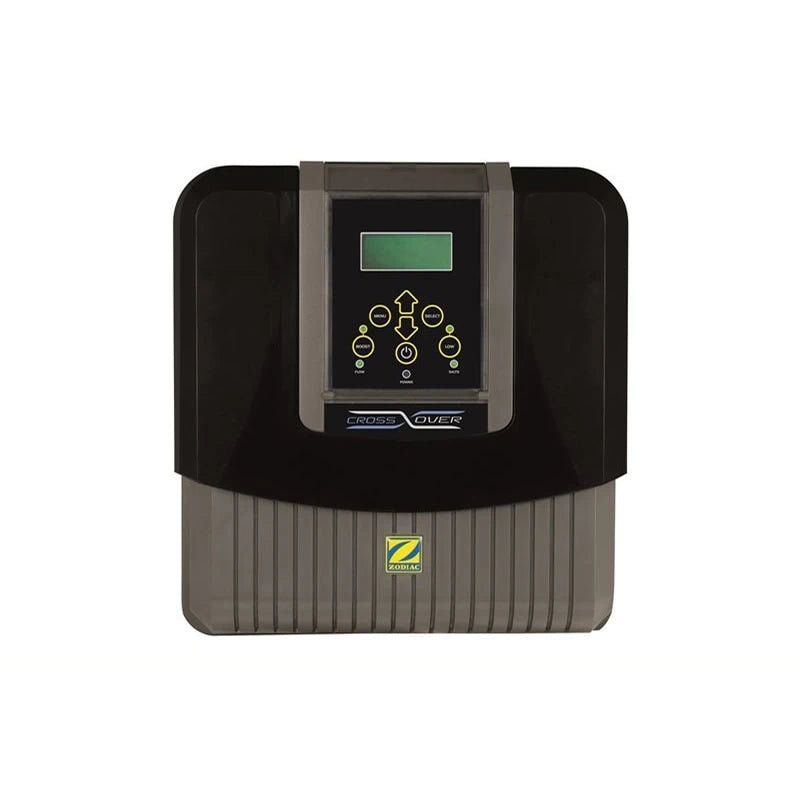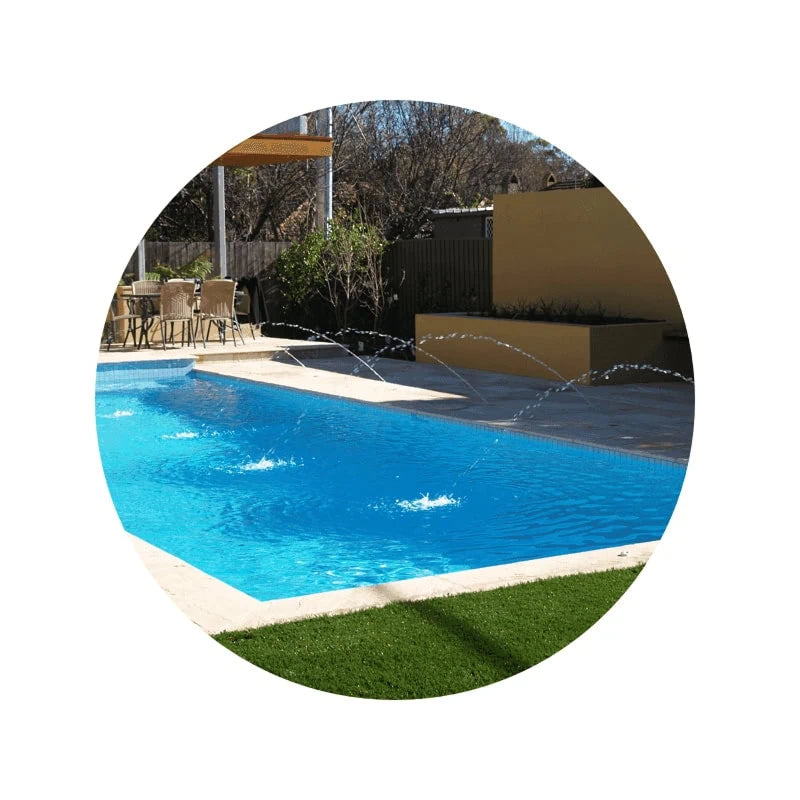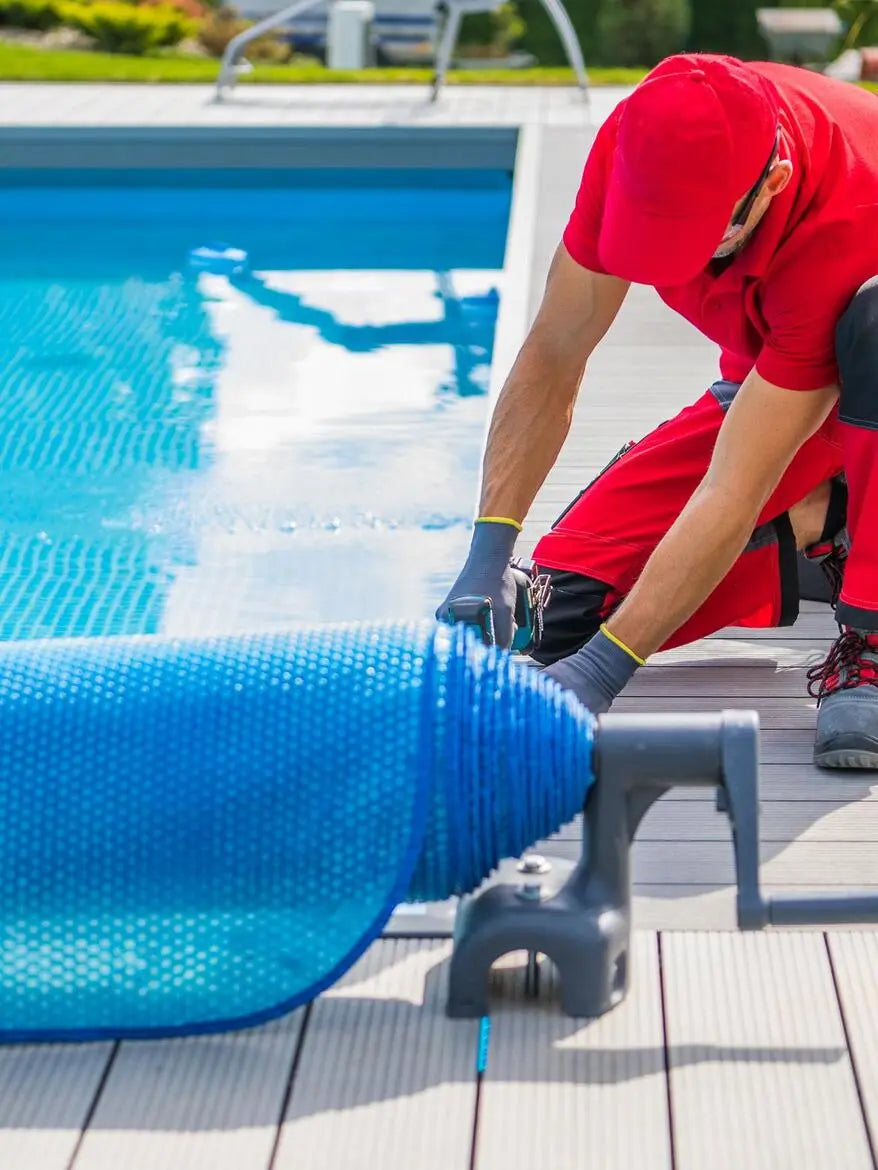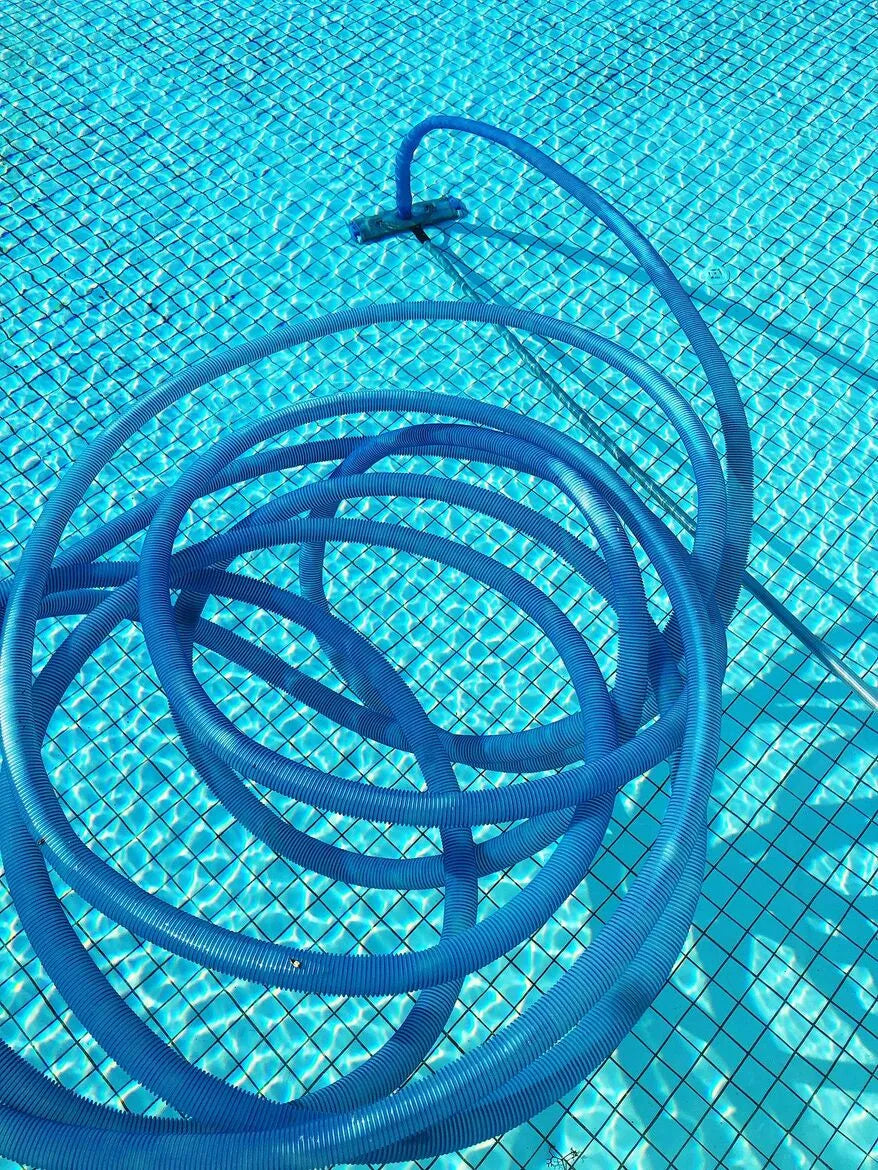What Is a Pool Shell?

The pool shell is the core, water-holding structure of a swimming pool. It acts as the sturdy framework that contains the water, resists pressure from the surrounding ground, and forms the base of the pool. Pool shells are typically built from materials such as concrete, fiberglass, or vinyl, each offering unique advantages in durability, cost, and ease of installation.
Thinking about installing a swimming pool? You’ve probably come across the term “pool shell” — but it’s one of those phrases that often gets glossed over. In reality, the shell is the single most important part of your pool. Get this decision right, and you’ll have a backyard centrepiece that lasts decades. Get it wrong, and you could be dealing with leaks, cracks, or expensive resurfacing sooner than expected.
So, What Exactly is a Pool Shell?
The pool shell is the watertight basin that holds all the water in your pool. It’s the permanent structure installed in the ground, strong enough to withstand both the internal water pressure and the external pressure of soil and movement around it.
💡Think of it like the foundation of a house. Everything else — tiling, coping, plumbing, landscaping — is cosmetic or add-on. The shell is the backbone, and once it’s in, you’re committed.
The material, shape, and finish of the shell will influence not just how your pool looks on day one, but how much you’ll spend on maintenance, cleaning, and resurfacing over the next 25 years.
Why the Shell Matters More Than Most Realise
A lot of homeowners get distracted by waterline tiles, pool lights, or spa jets — all the fun features. But ask any installer: nine out of ten problems that lead to call-backs are shell-related. Cracks, leaks, or poor alignment at install usually trace back to the shell itself.
That’s why experts always advise: spend time on the shell decision first. Everything else is secondary.
Need help deciding? Pool Tools can guide you through your options so you choose the right shell for your backyard, lifestyle, and budget. Explore our full pool shell collection to see available designs, sizes, and finishes.

Types of Pool Shells
When it comes to inground pools, there are two true types of shells: fibreglass and concrete.
Fibreglass
- What it is: A pre-moulded structure built in a factory and delivered in one piece.
- Why people choose it: Fast installation, smooth non-porous surface that resists algae, and lower long-term maintenance costs.
Concrete
- What it is: A custom-built shell formed onsite using rebar and sprayed concrete.
- Why people choose it: Unlimited freedom of shape, size, and depth, plus premium finishes like tiles or pebblecrete.
What About Vinyl?
Vinyl pools are sometimes mentioned alongside fibreglass and concrete, but technically they don’t have a shell. Instead, they use structural walls with a vinyl liner stretched over the top. They can be a budget-friendly alternative, but the liner will need replacing every 7–10 years, so they aren’t considered a permanent shell like fibreglass or concrete.
What Is a Pool Shell? Sizes, Shapes & Colours
The dimensions, form, and finish of a pool shell will determine how it fits your lifestyle, backyard, and budget.
Typical Dimensions
|
Pool Type |
Typical Dimensions |
Best For |
|
Plunge pools |
2–4 m long × 2–3 m wide |
Courtyards and compact spaces |
|
Family-sized pools |
6–8 m long × 3–4 m wide |
Everyday swimming and entertaining |
|
Lap pools |
10–15 m long × 2–3 m wide |
Fitness and exercise swimming |
|
Custom builds (concrete) |
Can exceed standard ranges; depth tailored to design |
Diving, children’s play areas, integrated spas, unique layouts |
Shape Options
- Rectangular: Clean, modern look, perfect for lap swimming and automatic pool covers.
- Kidney-shaped: A softer, retro design that fits well in curved landscapes.
- Freeform: Natural, lagoon-like styles that suit tropical or resort-style gardens.
- Geometric/Custom: With concrete, shapes can include L-shaped, figure-eight, or entirely bespoke outlines.
Colour Finishes
The shell finish dramatically changes the look of the pool water:
- Fibreglass gelcoat colours: Built into the shell, ranging from crisp arctic whites to deep ocean blues, often with shimmering flecks for sparkle.
-
Concrete finishes:
- Pebblecrete – textured, durable, natural look.
- Tiles – premium, endless colour and pattern possibilities.
- Plaster – traditional smooth finish, dyeable in different hues.
💡Pro tip: Water depth and sunlight change how colours appear. A pale shell may look sky-blue in shallow sections and deep aqua in the centre. Always review real-life installations before choosing.

How Many Litres in a Pool Shell?
Pool shells are measured not just by size, but also by capacity. Knowing the litres helps with chemical dosing, heating system sizing, and even water bills.
- Small plunge pool (3m x 2m): 5,000–10,000 litres
- Mid-sized family pool (7m x 3.5m): 25,000–40,000 litres
- Large pool (10m x 5m): 70,000+ litres
Formula for rectangular pools:
Length (m) × Width (m) × Average Depth (m) × 1000 = Volume (L)
Manufacturers provide exact numbers for fibreglass shells. For concrete, the volume depends on your final custom design.
Fibreglass vs Concrete at a Glance
|
Feature |
Fibreglass |
Concrete |
|
Installation Time |
3–7 days |
3–6 months |
|
Customisation |
Limited to catalogue |
Unlimited |
|
Surface |
Smooth, non-porous gelcoat |
Pebble, plaster, or tile |
|
Maintenance |
Lower |
Higher |
|
Durability |
Flexible, resists ground shift |
Strong, but rigid |
|
Long-term Cost |
Lower (20+ years before resurfacing) |
Higher (resurfacing every 10–15 years) |
💡Expert tip: If you want to be swimming this summer, fibreglass is your friend. If you’re planning your “forever home” and want something one-off, concrete pays off
What Is a Pool Shell? The Choice That Shapes Your Entire Pool
The pool shell isn’t just “part” of your pool — it is your pool. Every decision you make about size, shape, material, and finish starts here.
- If you value speed and low maintenance, fibreglass delivers.
- If you want creative freedom and premium finishes, concrete is unmatched.
Either way, understanding the role of the shell means you’ll avoid nasty surprises later and end up with a pool you love living with, not just looking at.
Need help deciding? We at Pool Tools can guide you through the options so you end up with the right shell for your backyard, budget, and lifestyle.

What Is a Pool Shell FAQ
How long does a pool shell last?
- A fibreglass pool shell can last 30–40 years with minimal maintenance, thanks to its durable gelcoat surface.
- A concrete pool shell is also built to last decades, but the interior finish (plaster, tiles, pebblecrete) usually needs resurfacing every 10–15 years.
How heavy is a pool shell?
Fibreglass shells are surprisingly heavy. Depending on size, they can weigh anywhere from 400 kg for a small plunge pool to over 1.5 tonnes for a family-sized design. That’s why delivery access and crane lifting are part of every fibreglass installation.
Which pool shell is easiest to maintain?
Fibreglass shells have a smooth, non-porous surface that resists algae and staining. That means less brushing, fewer chemicals, and lower ongoing costs compared to concrete.
Can a pool shell crack?
- Fibreglass shells are flexible and designed to handle minor ground movement. Cracking is rare if properly installed.
- Concrete shells are extremely strong, but because they’re rigid, they can crack if built on unstable or reactive soil. Soil testing before installation helps prevent this.
What affects the lifespan of a pool shell?
- Quality of installation (a poor base or backfill leads to problems later).
- Soil conditions (reactive clay, ground movement, or high water tables need expert handling).
- Maintenance (keeping water chemistry balanced protects both fibreglass gelcoat and concrete finishes).
Read More:

Pool Tools Team
We’re here to share expert advice, practical tips, and clear guides to help you choose, build, and maintain your pool with confidence. From fibreglass shells to everyday equipment, we make pool care simple.

